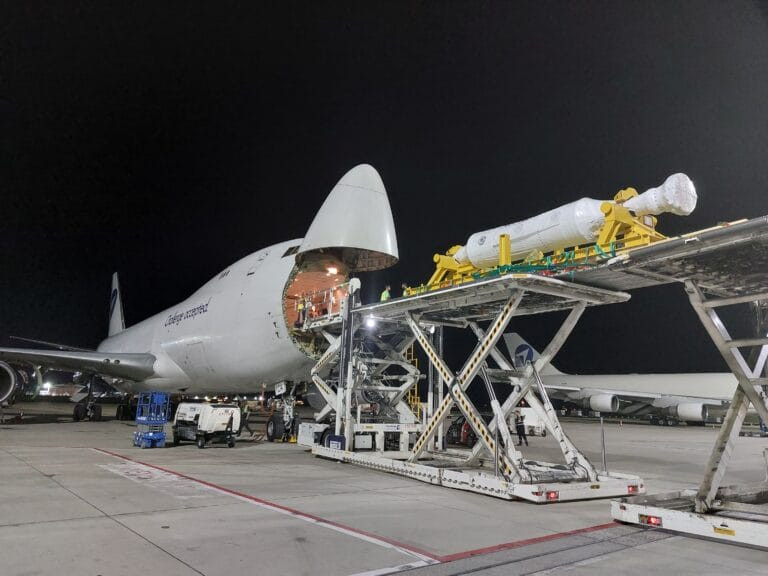Key trade lanes in the Americas include the United States (US)–Latin America corridor and transpacific routes between North America and Asia. Transpacific routes remain essential for manufacturing-related commodities, though disruptions in global supply chains are leading to shifts in cargo flows. Collaborations between North American and Latin American carriers are becoming more common, optimising cargo movement between regions.
High-value and time-sensitive cargo, such as pharmaceuticals, perishables, and aerospace goods, are critical to demand. However, challenges like excess inventories, cautious consumer spending, and rising jet fuel costs are tempering overall growth. Supply chain disruptions and geopolitical tensions are pushing more exporters to use airfreight to avoid delays.
“Current trends in airfreight demand in the Americas show a mix of factors. e-commerce continues to drive growth, particularly for fast, reliable deliveries across North and Latin America,” Ruth Lamdan, Regional Commercial Manager Americas at Challenge Group, stated.
“Our business in the US focuses heavily on handling nonstandard cargo. Over 60 percent of our revenue comes from this specialised segment. Key growth drivers include live animals, aerospace products, oversized machinery, temperature-controlled shipments, and oil and drilling equipment.
“These types of cargo require unique handling capabilities and infrastructure, which positions Challenge Group as a leader in managing complex logistics.”
Challenge Group is not yet active in the South American market as it continues to focus on developing other key regions, such as the Middle East and Asia. However, it collaborates with Latin American carriers on an interline basis.
“This partnership allows us to forward their cargo from and into the U.S., connecting with their flights to Latin America. This collaboration also helps us learn more about the Latin American market as we evaluate future opportunities for growth,” Ruth Lamdan, Regional Commercial Manager Americas at Challenge Group, stated.
Infrastructure and innovation
The general infrastructure for airfreight in the US is widely known to have its challenges. Challenge Group US has successfully navigated this by working closely with leading Ground Handling Agents (GHAs). Its long-standing relationships with these partners ensure smooth operations, even as its business grows. Additionally, it actively trains GHAs in handling non-standard cargo, ensuring compliance with our strict Service Level Agreements (SLAs).
To maintain high service standards, it operates 24/7 with dedicated oversight from Challenge Group personnel. Transparent communication is a priority, allowing it to address any operational issues in realtime and deliver the reliable service our customers expect.
“Challenge Group recently launched a state-of-the-art website to enhance cargo visibility and tracking, allowing customers easy access to company information, flight schedules, and tracking capabilities,” Lamdan outlined.
“In addition to this, we are in the final stages of implementing a new CRM system, which will further improve our customer service across the entire group. Most importantly, we have a dedicated team standing by to provide live updates and support during extended hours, ensuring that our customers receive timely and accurate information regarding their niche cargo.”





